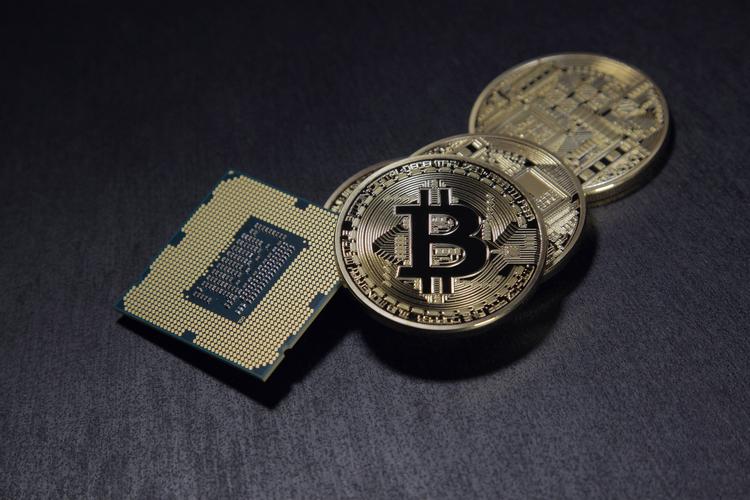As cryptocurrency continues to reshape the financial landscape, the demand for cutting-edge technology in mining equipment surges ahead. The year 2025 promises a pivotal shift with the introduction of next-generation high-performance mining machines that redefine efficiency and power. These innovations are not confined to a single blockchain or coin; from Bitcoin’s steadfast dominance to Ethereum’s evolving proof-of-stake adaptations, and even the rise of meme coins like Dogecoin, mining is becoming more sophisticated, specialized, and profitable.
At the heart of this revolution lies the mining rig, a meticulously engineered system designed to harness computational prowess relentlessly. Modern rigs leverage advanced ASIC chips tailored for currencies such as BTC, optimizing hash rates and energy consumption like never before. But it’s not just about raw power. The integration of AI-driven cooling systems, modular hardware designs, and real-time performance analytics marks 2025’s mining rigs as both smarter and more sustainable. This evolution ensures miners can push their devices to peak capacity without the risk of overheating—a critical factor as the competition intensifies in the global mining arena.

Mining farms, sprawling across vast acres, are also undergoing transformative upgrades. These facilities, once high energy consumers with static configurations, now embrace dynamic operational models powered by renewable energy sources and AI-led resource management. This synergy not only minimizes carbon footprints but enhances uptime and profitability. Hosting services, meanwhile, are rising in allure—offering miners a hands-off approach. Instead of handling hardware logistics, miners delegate operations to specialized hosting providers who maintain state-of-the-art equipment, conduct seamless firmware updates, and optimize mining strategies on their behalf. For cryptocurrencies like ETH, which are transitioning their consensus mechanisms, hosted mining solutions can pivot rapidly, adapting rigs to new algorithmic demands without downtime.
Bitcoin, the stalwart beacon of cryptocurrency, remains a benchmark for mining efficiency. The challenge for miners lies in scaling operations amidst escalating difficulty and shrinking block rewards. High-performance machines designed for BTC mining tackle this by leveraging enhanced chip architecture and parallel processing techniques, significantly boosting performance per watt. The ripple effect is felt across exchanges and the broader crypto economy; as mining rigs become more powerful and accessible, network security and transaction throughput improve substantially, reinforcing Bitcoin’s role as digital gold.

Dogecoin, initially dismissed as a playful experiment, has carved out its niche, supported by dedicated miner communities harnessing upgraded mining hardware tailored for its Scrypt-based algorithm. As Dogecoin gains legitimacy and acceptance on various exchanges, the need for tailored mining devices that balance efficiency with cost-effectiveness becomes paramount. This, in turn, fuels a democratization of crypto mining, where hobbyists and small-scale miners can join forces in mining pools, pooling resources for collective gains.
Ethereum, despite its pivot from proof-of-work to proof-of-stake, still commands significant mining operations in the shadow of its extensive network. Upcoming mining machines are designed with flexibility in mind—capable of switching between Ethereum mining and alternative altcoins. This adaptability is crucial as ETH migrates, enabling miners to protect their investments through diversification. Moreover, the rise of decentralized finance (DeFi) platforms supported by ETH fuels demand for robust and scalable mining infrastructure, ensuring liquidity and trustworthiness in crypto exchanges that underpin these ecosystems.
Exchanges, as pivotal nodes in the cryptocurrency ecosystem, benefit indirectly from these mining innovations. Faster block confirmations, enhanced network stability, and lower transaction fees resulting from more efficient mining operations translate to smoother trading experiences. Emerging altcoins and tokens, supported widely across global exchanges, depend heavily on steady and secure mining networks that are fortified by next-generation equipment. Hosting services further enhance this ecosystem by ensuring miners remain at the forefront of technology without consistently needing to upgrade hardware themselves.
In conclusion, the future of crypto mining is intricately tied to advancements in high-performance equipment. The year 2025 is poised to deliver a wave of transformative tools and strategies that enhance mining profitability, sustainability, and accessibility across the spectrum—from Bitcoin’s rigorous SHA-256 algorithm to Dogecoin’s lighter Scrypt framework, and Ethereum’s evolving consensus landscape. These developments, combined with smarter mining farms and comprehensive hosting services, redefine not just how mining is done, but who can participate. The democratization and decentralization of mining are no longer aspirations but tangible realities propelled by technology, innovation, and the relentless drive of the crypto community.

2025’s high-performance crypto mining gear could turbocharge efficiency and accessibility, but raises red flags on energy consumption and inequality—will it spark innovation or deepen divides? Exciting, yet unpredictable.